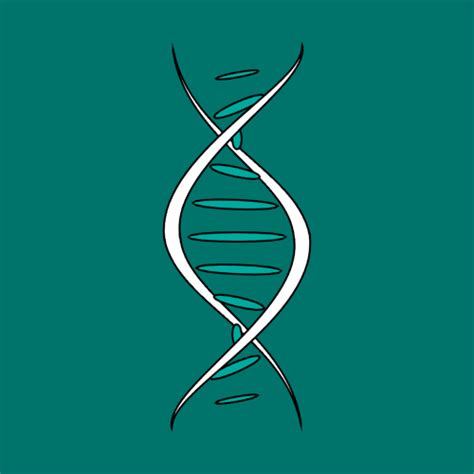As men cross the threshold of 30, many find themselves grappling with a new, more persistent adversary: stubborn belly fat. The metabolic shifts, hormonal changes, and lifestyle demands of this age often conspire to make shedding those extra inches around the waistline a significant challenge. However, it’s not an insurmountable one. By adopting a targeted approach that integrates strategic diet and effective exercise, men over 30 can indeed torch that recalcitrant abdominal fat and reclaim their fitness.
Understanding Stubborn Belly Fat in Men Over 30
Why does belly fat seem to stick around more tenaciously after 30? Several factors contribute. Testosterone levels naturally begin a gradual decline, which can influence fat distribution and muscle mass. Metabolism also tends to slow down, meaning the body burns fewer calories at rest. Furthermore, increased stress levels from careers and family responsibilities can elevate cortisol, a hormone known to promote abdominal fat storage. Addressing these underlying physiological and lifestyle elements is crucial for effective fat loss.

The Dietary Blueprint for Fat Loss
Diet is arguably the most critical component when it comes to reducing body fat, especially around the midsection. For men over 30, the focus should be on nutrient-dense, whole foods that support metabolism and satiety.
- Prioritize Protein: Aim for 1g of protein per pound of body weight (or target body weight). Protein helps preserve muscle mass during a calorie deficit, boosts satiety, and has a higher thermic effect than carbs or fats. Think lean meats, poultry, fish, eggs, and legumes.
- Embrace Fiber: High-fiber foods like vegetables, fruits, and whole grains aid digestion, stabilize blood sugar, and promote fullness, reducing overall calorie intake.
- Include Healthy Fats: Don’t fear fats! Avocados, nuts, seeds, and olive oil are essential for hormone production and nutrient absorption. Portion control is key due to their high calorie density.
- Create a Moderate Calorie Deficit: To lose fat, you must consume fewer calories than you burn. A deficit of 300-500 calories per day is generally effective and sustainable. Avoid extreme deficits, which can lead to muscle loss and metabolic slowdown.
- Minimize Processed Foods, Sugar, and Refined Carbs: These are major culprits for belly fat accumulation. They offer little nutritional value, spike blood sugar, and are often high in unhealthy fats.
- Stay Hydrated: Drinking plenty of water supports metabolism, aids satiety, and can help reduce bloating.

Strategic Exercise Regimen
While diet creates the calorie deficit, exercise sculpts the body, builds muscle, and further boosts metabolism. A well-rounded exercise program for men over 30 targeting belly fat should combine several modalities:
- Strength Training (3-4 times/week): This is non-negotiable. Building and maintaining muscle mass is vital as muscle burns more calories at rest than fat. Focus on compound movements like squats, deadlifts, bench presses, overhead presses, and rows. These engage multiple muscle groups, stimulate a greater hormonal response, and are highly effective for overall fat loss.
- High-Intensity Interval Training (HIIT) (1-2 times/week): HIIT involves short bursts of intense exercise followed by brief recovery periods. It’s incredibly efficient for burning calories and can create an “afterburn” effect (EPOC), where your body continues to burn calories at an elevated rate post-workout. Examples include sprints, burpees, kettlebell swings, or cycling intervals.
- Consistent Cardio (2-3 times/week): Low-to-moderate intensity cardio (like brisk walking, jogging, or swimming) is excellent for cardiovascular health, stress reduction, and burning additional calories without causing excessive fatigue. It complements strength training and HIIT.
- Core-Specific Work (Optional, 2-3 times/week): While spot reduction is a myth, strengthening your core through planks, Russian twists, and leg raises will build a stronger midsection, improve posture, and can make your waistline appear tighter once the fat is shed.

Beyond Diet and Exercise: Lifestyle Factors
Even with perfect diet and exercise, stubborn belly fat can persist if other lifestyle factors are overlooked.
- Prioritize Sleep: Aim for 7-9 hours of quality sleep per night. Poor sleep disrupts hormones that regulate appetite (ghrelin and leptin) and can elevate cortisol, hindering fat loss.
- Manage Stress: Chronic stress elevates cortisol, leading to increased abdominal fat storage. Incorporate stress-reduction techniques like meditation, yoga, spending time in nature, or hobbies into your routine.
- Stay Consistent and Patient: Fat loss, especially stubborn belly fat, is a marathon, not a sprint. Be consistent with your diet and exercise, track your progress, and understand that results take time.
- Consider Supplements (Wisely): While no magic pill exists, some supplements can support your efforts. Consult a healthcare professional before adding anything. Fish oil (omega-3s), Vitamin D, and creatine (for muscle building) are often beneficial for men over 30.

Key Takeaways and Long-Term Success
Torching stubborn belly fat for men over 30 requires a holistic and consistent approach. It’s not just about temporary fixes but about adopting sustainable lifestyle changes. Focus on a whole-food diet rich in protein and fiber, a balanced exercise regimen incorporating strength training and HIIT, adequate sleep, and effective stress management. Celebrate small victories, remain patient, and remember that long-term health and vitality are the ultimate rewards of these efforts.





